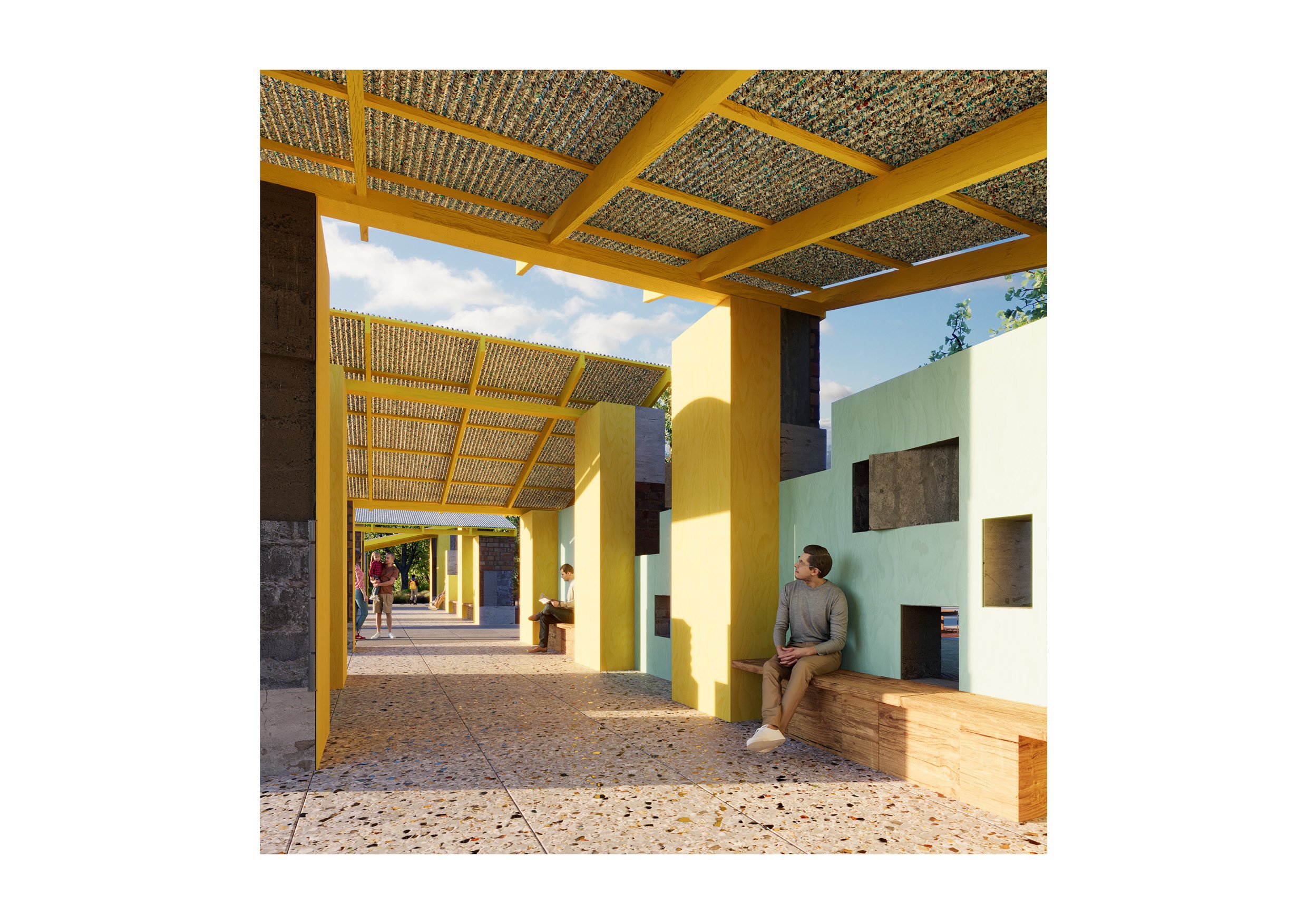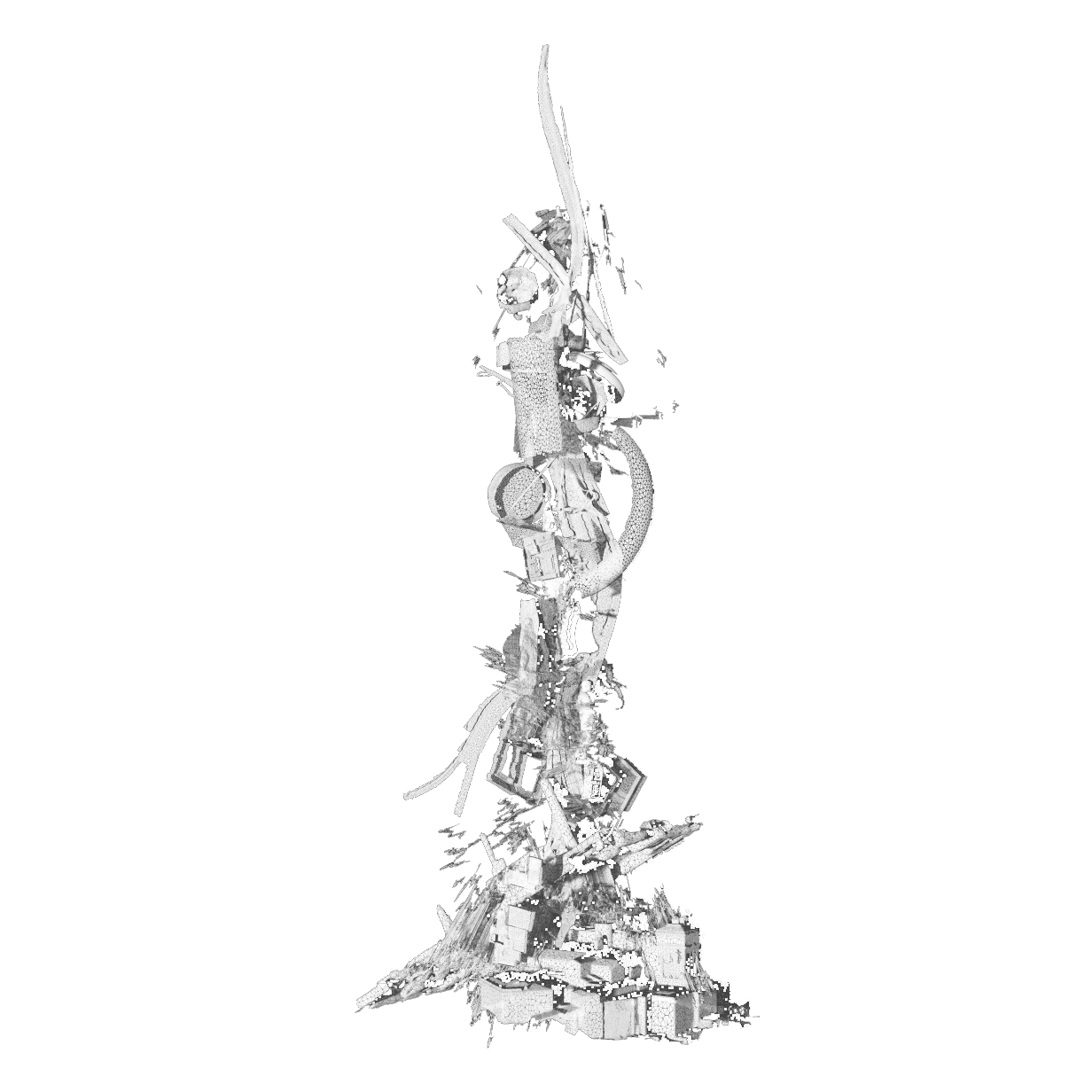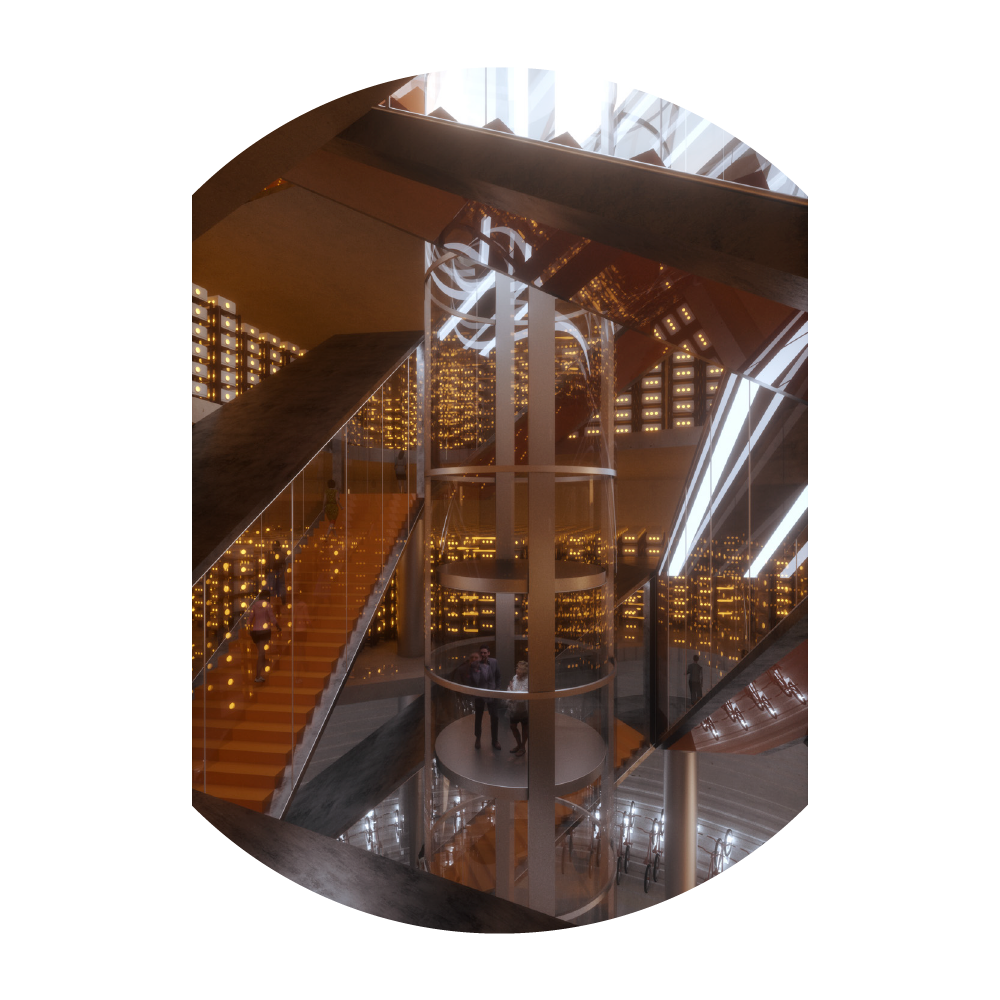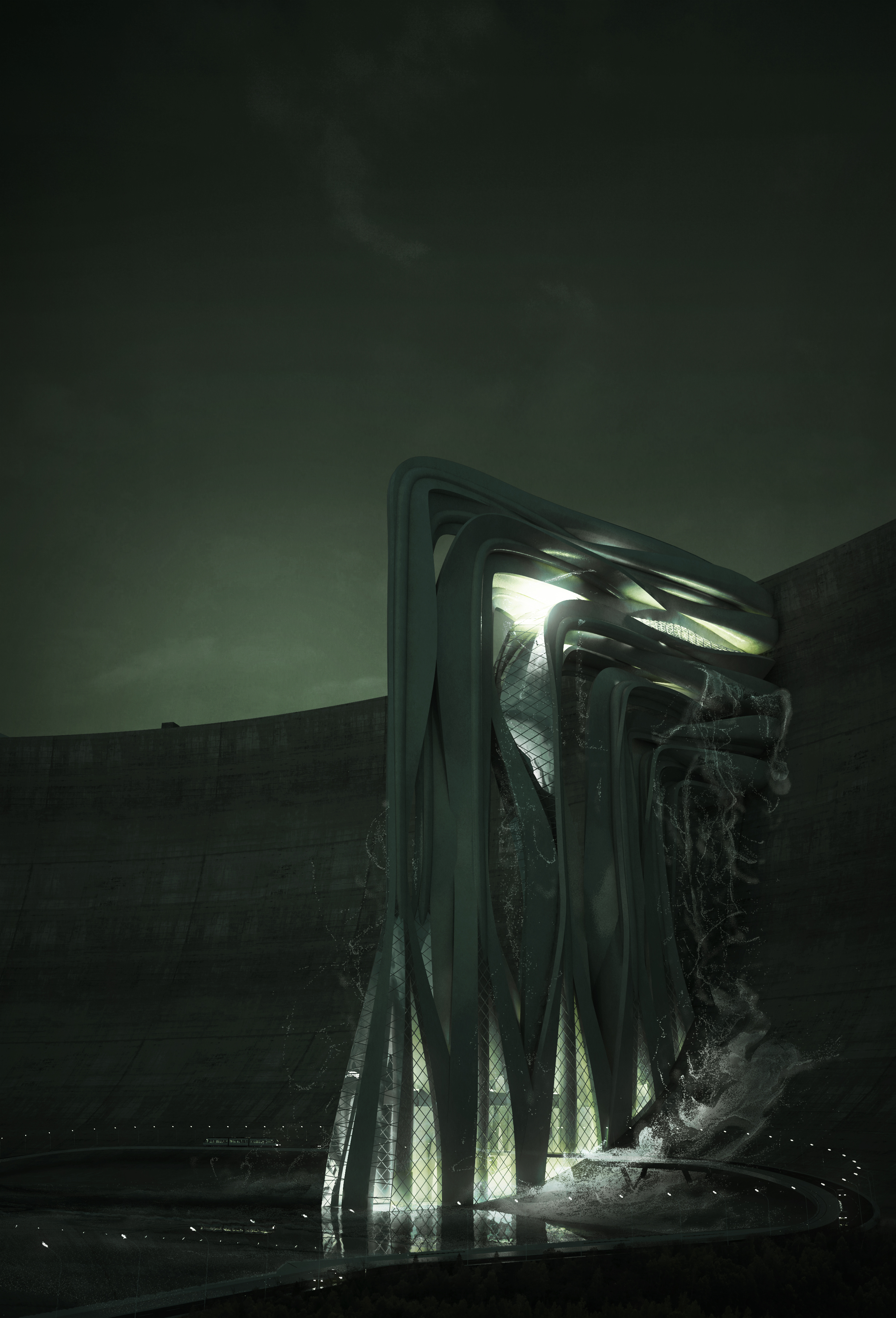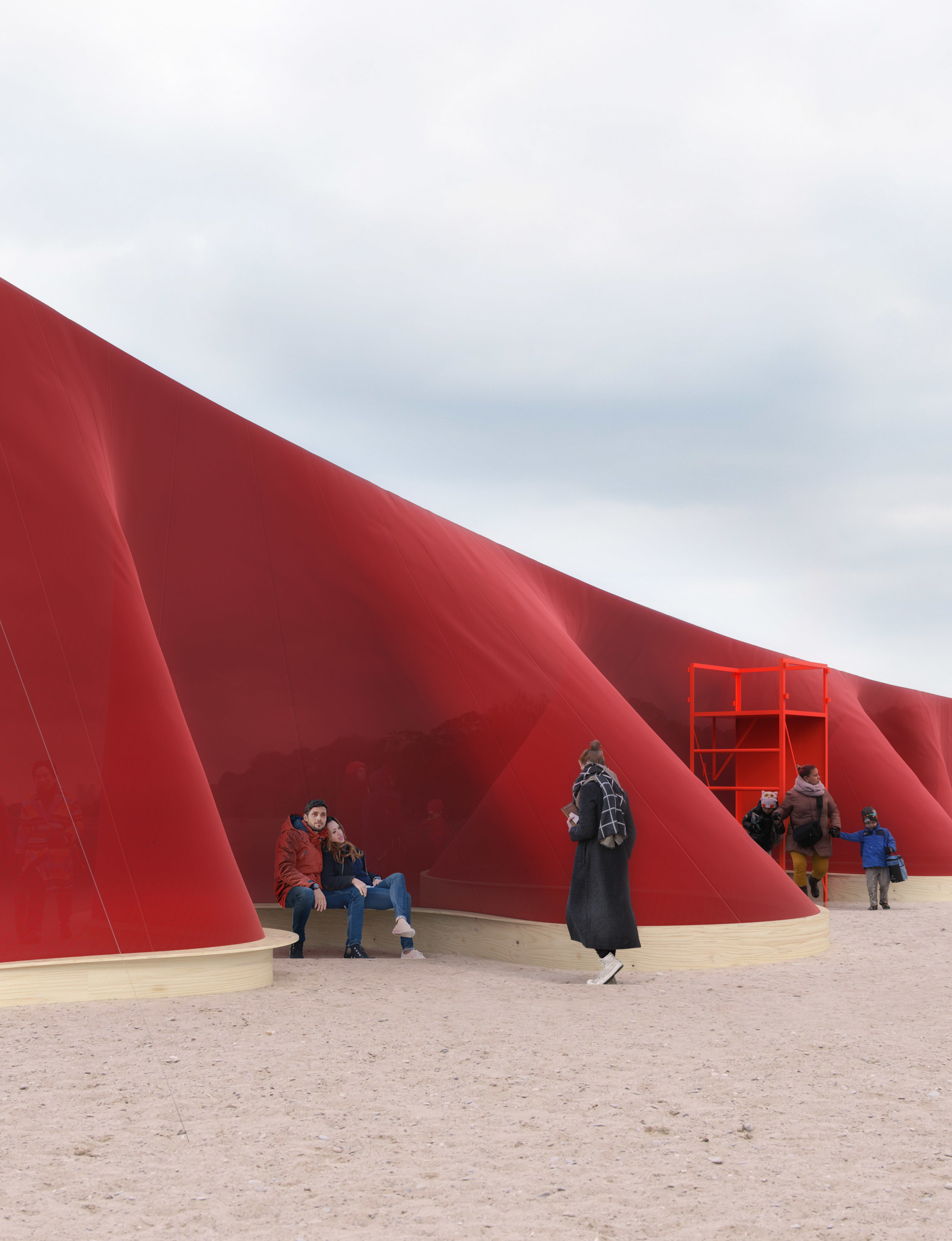(RE)MOVE (RE)USE
Recycling discarded buildings - TAB 2024
(Re)Move (Re)Use introduces a new approach to architectural development where the remnants and ruins of the past converge with the imperatives of the future. By repurposing sections of soon-to-be-demolished buildings, this project goes beyond mere reconstruction or preservation. It embraces a transformative ethos that resurrects the discarded fragments of old structures to re-fashion new spatial possibilities. By harnessing the materiality of the obsolete and infusing it with a renewed purpose, the project revives the city with an evocative amalgamation of history and innovation. This act of spatial and urban assemblage, collage, and cut-and-paste—akin to the ancient practice of Spolia—propels the cityscape into a realm where the past is not merely preserved but actively reimagined for the creation of revitalized urban narratives and forms. Through the ad-hoc re-appropriation of architectural elements, notably salvaged wall sections from dilapidated buildings or those on the brink of demolition, this intervention not only engenders a temporal fusion, but fundamentally diminishes the ecological consequences of urban development and extractivist paradigms.
Today it is essential to incorporate principles of circular design and design for disassembly in architecture to address environmental challenges effectively. However, many of our existing buildings were constructed without these sustainability-focused principles, which poses a significant dilemma. Since we cannot simply replace these structures due to the extensive material resources they embody, and continuing to overlook these resources is untenable if we wish to minimize the carbon footprint of the construction sector. Within this context, (Re)Move (Re)Use suggests to strategically demolish and recycle parts of existing buildings to create new architectural spaces. This approach not only repurposes materials and upcycle waste but also aligns with the urgent need for sustainable development in the construction industry.
The core idea revolves around the use, appropriation, and transformation of buildings planned to be demolished by cutting walls and parts into modular components that can be easily transported and reassembled for construction. Brick or concrete facades and walls are carefully dismantled, cut, their new parts catalogued, and then repurposed to fit new needs, aesthetics, and functions, all the while significantly saving CO2 emissions. At the end these “new” components are reassembled using traditional masonry techniques to form eco-friendly load-bearing structures in the form of walls and columns. Alongside this main strategy, recycled timber, plastic and construction waste are used to compose the other parts of the project. Roof sheets made from recycled plastic sit upon a substructure of upcycled wooden beams and the existing pavement is partially replaced with terrazzo made from construction rubble to subtly frame the interior of the various spaces. Each part of the project, composed of different yet connected pavilions, is designed for plug-and-play assembly, allowing for configurations that can adapt to different urban spaces and needs. This modular system, though made of highly different parts, supports rational construction and dismantling, while being highly adaptable to the available materials and dimensions found locally.





